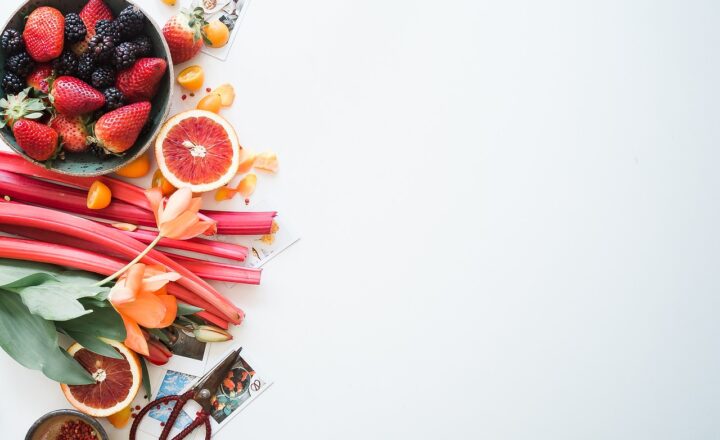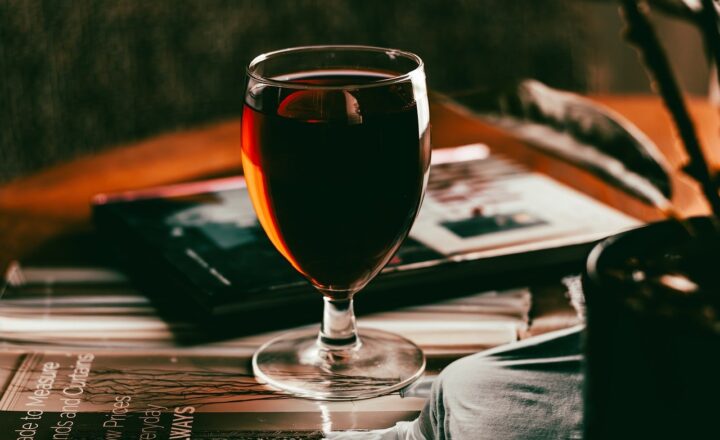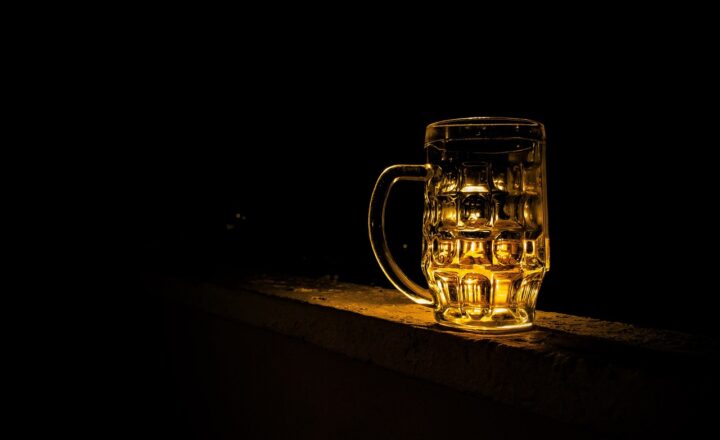How Drip Coffee Differs from Espresso and Why Some Prefer One Over the Other
November 11, 2024

Coffee is one of the most beloved beverages worldwide, enjoyed in various forms, each with its unique preparation methods and flavor profiles. Two of the most popular coffee styles are drip coffee and espresso. While both originate from the same coffee beans, they differ significantly in brewing techniques, flavor, and consumption preferences. In this article, we will explore these differences, the science behind each method, and why people may prefer one over the other.
1. Understanding Drip Coffee
Drip coffee, also known as filter coffee or brewed coffee, is made by allowing hot water to slowly drip through ground coffee contained in a filter. This method is immensely popular in American households and is commonly made in automatic coffee makers.
How Drip Coffee is Made:
– Grinding: Coffee beans are coarsely ground to maximize extraction while avoiding over-extraction that leads to bitterness.
– Brewing: Hot water (usually between 195°F to 205°F) is poured over the coffee grounds, allowing the brewing process to occur. Gravity does the work as water passes through the coffee grounds, collecting oils and soluble flavors, before dripping into a carafe or pot below.
– Filtering: The use of paper or metal filters helps to separate the coffee from the grounds, resulting in a clean, smooth cup of coffee.
Flavor Profile of Drip Coffee:
Drip coffee typically has a milder taste compared to espresso, allowing the natural flavors of the coffee beans to shine through. This brewing method is often more forgiving, resulting in a balanced cup, especially with lighter roasts that highlight fruity or floral notes.
2. Exploring Espresso
Espresso is a concentrated form of coffee brewed by forcing a small amount of nearly boiling water through finely-ground coffee under high pressure. This method produces a small, potent shot of coffee, rich in flavor and crema—a creamy, golden foam on top.
How Espresso is Made:
– Grinding: Espresso beans are ground much finer than those for drip coffee, creating a dense, compact bed of coffee.
– Brewing: Hot water (around 190°F to 196°F) is forced through the coffee grounds at high pressure (typically 9 bars). This high-pressure extraction is crucial for producing the distinct flavor and crema of espresso.
– Serving: Espresso is usually served in small quantities (1 to 2 ounces) and often forms the base for various coffee drinks like lattes, cappuccinos, and macchiatos.
Flavor Profile of Espresso:
Espresso packs a punch with a more intense flavor and higher caffeine concentration per ounce compared to drip coffee. The process highlights rich notes and sometimes introduces a pleasant bitterness, depending on the roast and preparation technique.
3. Comparing Brewing Times and Equipment
The methods used for brewing drip coffee and espresso showcase the stark differences in equipment and time required:
– Drip Coffee Equipment: Requires a coffee maker or pour-over setup, alongside filters, and often takes around 5 to 6 minutes to brew a full pot.
– Espresso Equipment: Needs an espresso machine which can be more expensive and complex. Brewing usually takes about 25 to 30 seconds for a shot.
4. Caffeine Content: Which One Has More?
Caffeine content often plays a significant role in consumer preferences. While espresso contains more caffeine ounce-for-ounce, a standard serving of drip coffee (8 ounces) contains more caffeine overall due to the larger volume consumed.
– Espresso: Approximately 63 mg of caffeine per 1-ounce shot.
– Drip Coffee: Typically around 95 mg of caffeine per 8-ounce cup.
The choice may depend on whether you prefer a quick, intense caffeine boost or a more gradual, longer-lasting coffee experience.
5. Cultural Preferences and Consumption Habits
Cultural factors greatly influence the popularity of drip coffee versus espresso. In Italy, espresso is a cultural cornerstone, often consumed quickly and enjoyed standing at the bar. In contrast, drip coffee has a stronghold in America, often enjoyed leisurely in larger quantities.
– Espresso Culture: A quick, social drink often enjoyed as an after-meal digestif.
– Drip Coffee Culture: Typically consumed at breakfast or throughout the day, often brewed at home or in offices.
This cultural context shapes not only the drinking habits but also the preferences of individuals.
6. Conclusion: Choosing Between Drip Coffee and Espresso
Ultimately, the choice between drip coffee and espresso boils down to personal preference and lifestyle. Some may prefer the intense, rich flavors of espresso, while others may enjoy the smooth, milder profile of drip coffee. Understanding the preparation methods, flavors, and consumption habits can enhance your coffee experience, inviting you to explore and appreciate both styles more fully. Whether you start your day with a steaming mug of drip coffee or indulge in a luxurious espresso, each cup offers a unique journey into the world of coffee.
In summary, the beauty of coffee lies in its versatility, catering to diverse tastes and preferences. So, the next time you sip on your favorite brew, consider the method behind your drink and perhaps even try the other to broaden your coffee horizons!






